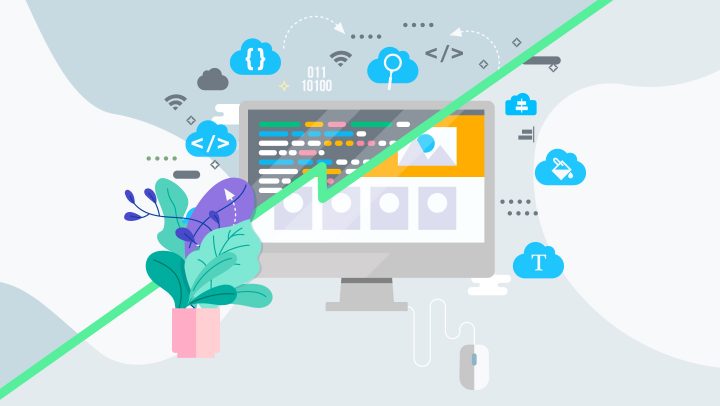APIs are essential components of today’s large software ecosystem. There are nearly limitless methods to connect various online services, and APIs facilitate these integrations in the background. So, if you want to link your app or service to the digital world, you need to learn how APIs function.
One important thing to understand about APIs is that not every software integration is the same, and hence not all APIs are the same. APIs are classified into several types based on their protocols, functionality, and access levels.

It is critical that you select the correct type of API for your firm in order for it to function properly. An API that shares data with the public, for example, would most likely be built differently from one that is just intended for internal usage by your staff.
What are the various API types?
When we talk about APIs, we typically mean a subtype of APIs called web APIs. Online APIs are APIs that are accessible using the Hypertext Transfer Protocol (HTTP), the same protocol that browsers use to obtain and display web pages.
We may categorize Web scraping APIs based on their intended level of access and scope of use. Web APIs are classified into four types: open APIs, partner APIs, internal APIs, and composite APIs.
- Open API
Any developer can utilize open APIs, often known as public APIs or external APIs. As a result, open APIs often have poor authentication and permission mechanisms, and the assets they exchange are frequently limited. While some open APIs are free to use, others demand a membership charge, which is generally tiered based on the number of API calls performed. Making APIs public has various benefits, the most important of which is the ability to freely exchange data.
This invites any external business or developer to interface with the app that owns the API, increasing the value of both the third-party product and the API. Third parties can immediately exploit the data provided by the open API due to its lack of constraints and ease of deployment. Screen scraper benefits are undeniably agreeable with open APIs.
Partner APIs
Externally, partner APIs are shared, but only with individuals who have a commercial connection with the firm offering the API. Access is restricted to approved clients with formal licenses, therefore security precautions are often more stringent with partner APIs than with public APIs.
Some companies choose partner APIs because they desire (1) more control over who has access to their resources and (2) more influence over how those resources are used. Pinterest, for example, used a submission-based method to grant partners access to new data services via its API, requiring partners to submit a request outlining how they intend to use the API before being given access.
Internal APIs
Internal APIs (also known as private APIs) are not meant for usage by third parties, as opposed to open APIs and partner APIs. Internal APIs are exclusively accessible for usage within a firm and are designed to help teams and systems communicate data more efficiently.
These APIs are available to internal corporate developers, but not to external developers. Internal APIs are frequently concealed from the public since they are not described in a publicly published software development kit (or at all in some situations). However, many organizations finally make their internal APIs public.
APIs that are composites
Composite APIs combine various APIs, allowing developers to group calls or requests and obtain a single unified response from numerous services. A composite API might be used if you needed data from many apps or data sources. Alternatively, you may use a composite API to initiate a sequence of requests and answers without your interaction. Composite APIs, by reducing the total amount of API calls, can result in less server load and overall speedier systems, as well as lower system complexity. They’re frequently used in microservices, where one job may require data from many internal APIs to finish.

As the editor of the blog, She curate insightful content that sparks curiosity and fosters learning. With a passion for storytelling and a keen eye for detail, she strive to bring diverse perspectives and engaging narratives to readers, ensuring every piece informs, inspires, and enriches.









